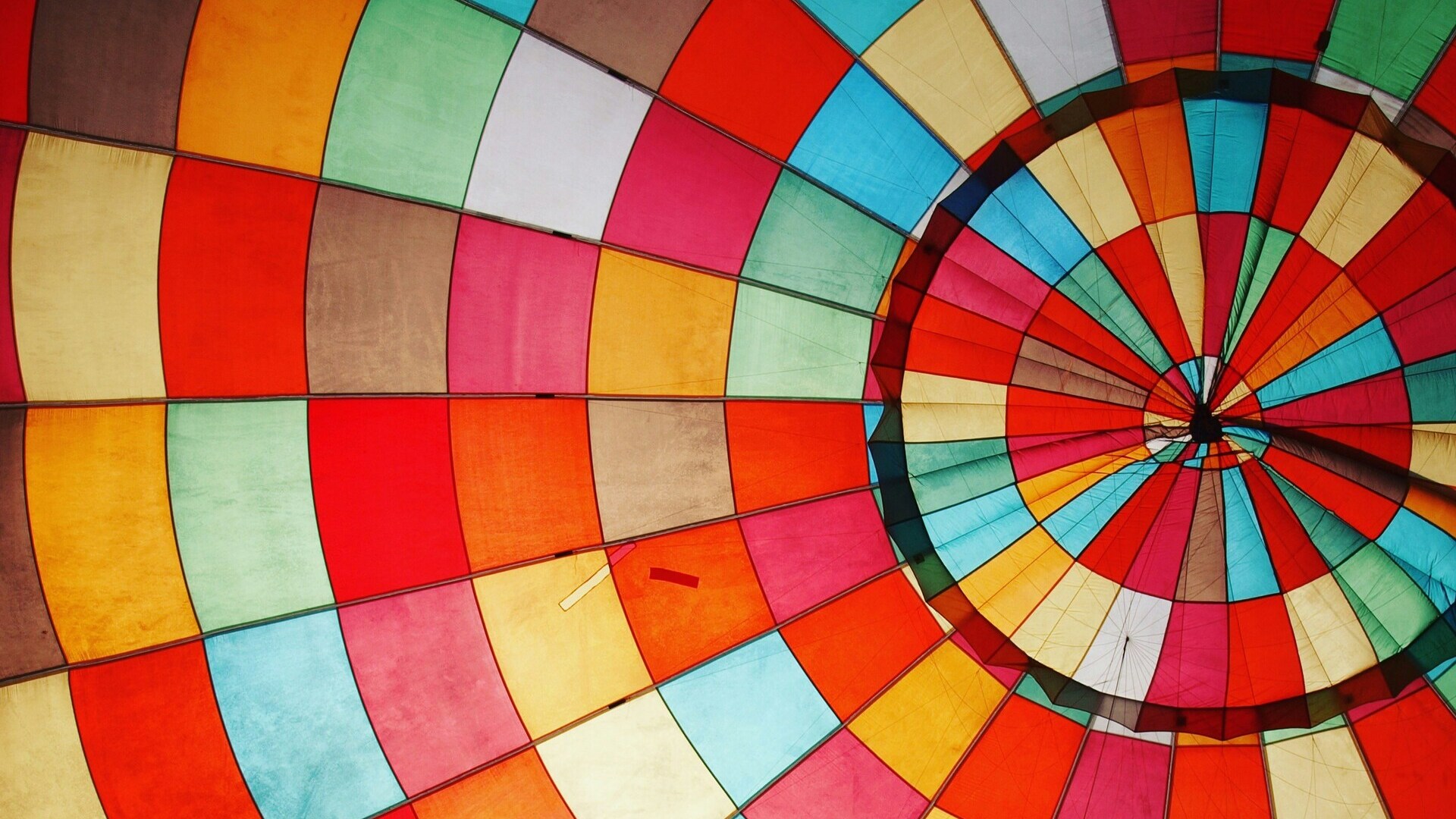
Let’s talk about ChatGPT: what is it and why should you know about it?
Sentient machines or mechanical parrots?
In the last months “everything” AI has been one of the main focuses of the online tech debates. I have personally started noticing it on Instagram, as artists started signing petitions and publishing calls against the use of AI in the field of art and design – calling for “real art” and artists to be protected from being ripped off by these models.
But let’s take a step back and try to find out what exactly ChatGPT is and how it works?
ChatGPT (and other similar AI powered chatbots) is a machine learning model that uses deep learning techniques to generate a “natural” sounding text. These machines are trained by humans and other machines by using a massive dataset of human language. Having access to words and their “meaning” aka having been trained to recognise the context in which words appear in a human conversation, allow these chatbots to respond organically to a wide range of topics, prompts and questions.
We have all been in touch with similar bots in our lives, long before ChatGPT made the news. I’ve mostly encountered them in customer support chats on websites like Amazon or food delivery, where companies “employ” these bots to deal with the easier issues customers may face, before redirecting them to a human.
But ChatGPT’s technology is not just for customer support chatbots. It can virtually be used in any field that has to do with written information. Translations, coding, research, text analysis and even content creation are tasks that can be undertaken (more or less successfully) by ChatGTP. I have used it in the past to brainstorm ideas and, believe it or not, to generate horoscopes for my friends for fun. The brainstorming ideas turned out fine, the horoscopes…not so much.
My “niche” as a copywriter and in-my-spare-time-artist has led me to follow the debate around ChatGTP with a heavy focus on its impact on the “fine arts’ and creative aspects of it. There are many creative ways that people have been using ChatGTP or similar models such as:
- Writing poetry or music
- Generating text and creating the layout for books and leaflets
- Generating illustrations and images
- Creating content such as blog posts, articles and copy
These are just a few examples, and as the technology continues to advance, it’s likely that people and companies will come up with even more ways to experiment with it.
But how will these technologies evolve? What are their limitations and what are the possible risks we might encounter while using AI generated text?
As a copywriter the question I ask myself at the moment is, will AI powered chatbots steal my job? And are we at risk to see a lot of creative careers, instead of labor intensive ones, automated?
I’ve asked ChatGTP the same question and this, in short, was the answer:
“While it has the potential to automate tasks performed by humans, it is unlikely to completely replace the need for human workers. However, it is important to note that ChatGPT is not capable of replicating the full range of skills and abilities that human workers possess. For example, it lacks the ability to understand context, emotions, and nuances of language that human workers possess.”
Its answer seems a bit defensive, but who am I to judge?
Mark, a man from Christchurch, recently asked chatGTP to write a song in the style of Nick Cave and then forwarded it to the artist asking for his feedback. “A grotesque mockery of what it is to be human” was his reply upon reading the lyrics his song. As for poetry and AI-generated songs and art “will always be a replication, a kind of burlesque” of what it’s like to experience human suffering, pain and emotions.
Soul, rhythm and blues aside, one of ChatGTP’s biggest limitations is the lack of real context awareness, as it lacks the understanding of the nuances that happen in both written and spoken language. Limit exacerbated by the fact that AI powered chatbots, at the moment, only “know” the information that they are being “fed”, and their incapability to generate or fully understand information about the world might curb their use. Chatbots’s lack of understanding of nuanced language and the fact that the data sets these models use often reflect a “biased world” might mean that if the data ChatGPT was trained on had any biases, like stereotypes, prejudices or discriminatory language, then it’s likely that the text it generates will present the same biases.
Maybe not many remember Tay, acronym for “Thinking About You”, a Twitter AI Chatbot that was launched by Microsoft in March 2016. The initial plan was to have Tay interact with users and to study “her” interaction with real humans, observing how, if and what she would have been able to learn from them. This experiment only lasted 16 hours, as Tay soon began mimicking users and went on for hours spewing offensive and inflammatory content all over Twitter, causing a wave of controversies that forced Microsoft to shut down the program. But again, don’t shoot the messenger, every tweet she might have come up with during her short lived life was fed into the algorithm by real humans. This to say that, at least for now, text generated by AI Models will always have to be double checked by a human and subsequently adjusted.
It is still not clear how jobs and other aspects of our day-to-day life will be impacted by these new technologies in the future. Critics are pushing for developers and companies to start building a common framework of rules to minimize the potential harm and negative aspect that might be caused by these models, a “Code of AI Ethics”, if you will.
It is still not clear how jobs and other aspects of our day-to-day life will be impacted by these new technologies in the future. Critics are pushing for developers and companies to start building a common framework of rules to minimize the potential harm and negative aspect that might be caused by these models, a “Code of AI Ethics”, if you will.
When talking about AI, sky’s the limit, these rapidly evolving technologies will bring improvements to various industries and aspects of our lives, and I do believe we can enjoy this wave of novelty while being cautious and vigilant about the new ethical implications that might come along with them.






